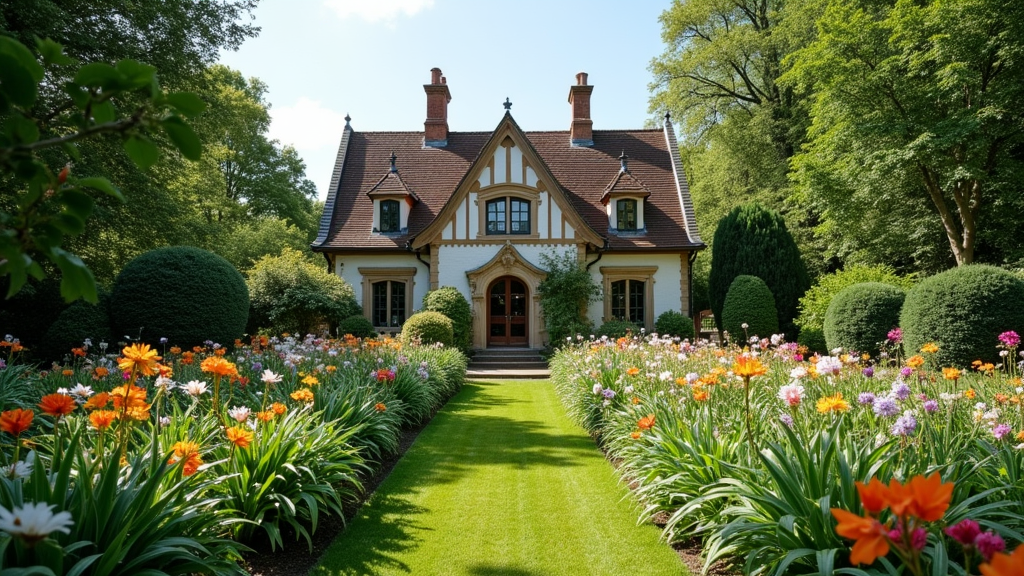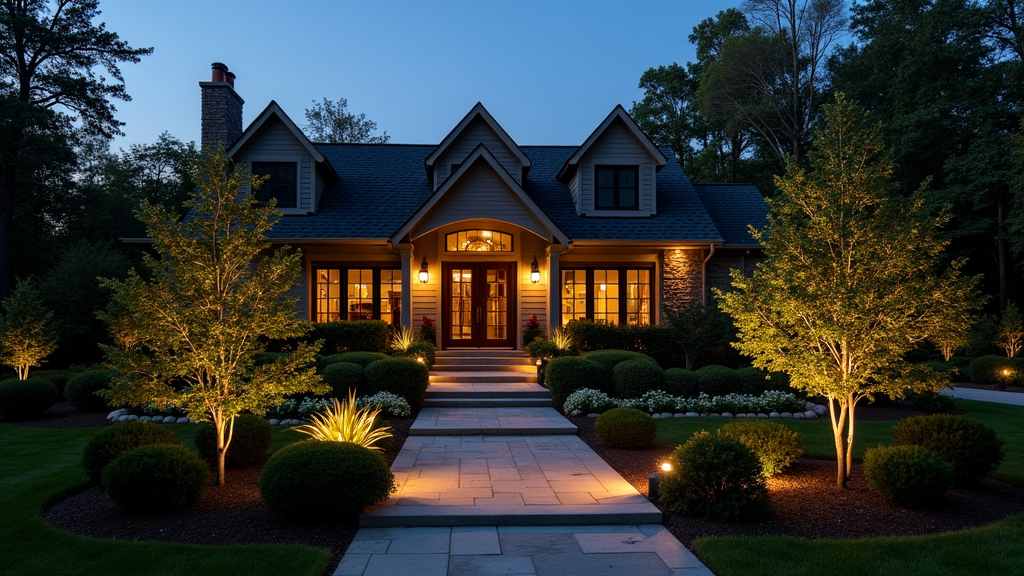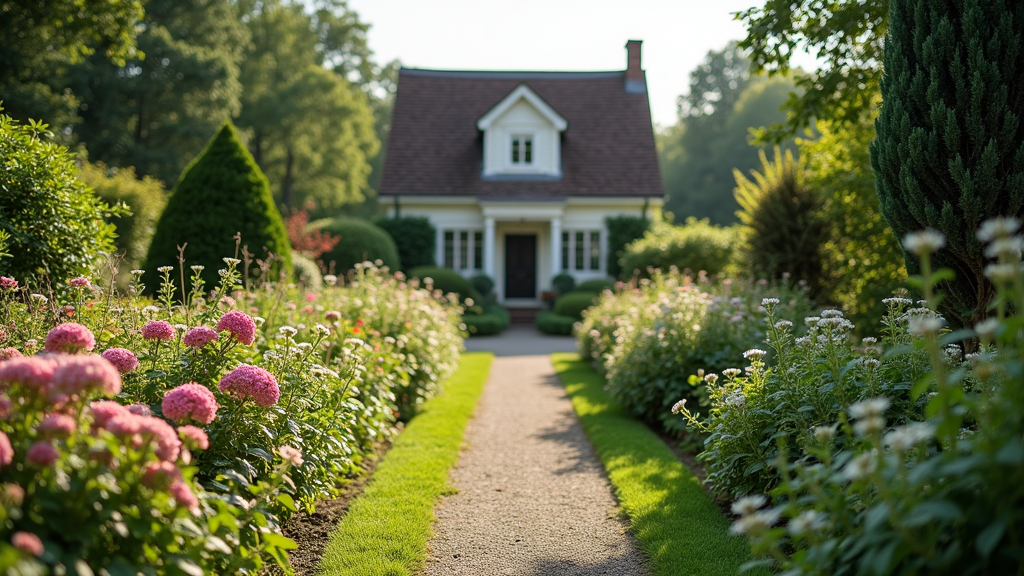Introduction
When it comes to illuminating your outdoor spaces, the choice of light fixtures is paramount. However, many homeowners overlook a crucial factor that can significantly influence their decisions: weather. This article delves into how weather affects your choice of outdoor light fixtures and offers insights into selecting the right landscape lighting options for different climates. We’ll explore everything from material durability to energy efficiency, ensuring you choose the best outdoor lighting for your home.
How Weather Affects Your Choice of Outdoor Light Fixtures
Outdoor lighting isn't just about aesthetics; it's about functionality and longevity too. The weather can dictate which materials and styles will stand the test of time in your specific environment.
Understanding Climate Conditions
Let's break down how various climate conditions impact outdoor light fixture selection:
- Rainy Climates: If you're in an area prone to heavy rainfall, look for fixtures with high IP ratings (Ingress Protection) to ensure they’re waterproof. Snowy Regions: Choose robust fixtures designed to handle snow accumulation without damage. Sunny Areas: Extreme heat and UV rays can cause fading or warping; opt for UV-resistant materials. Windy Locations: Heavy-duty fixtures can withstand strong winds, preventing them from being knocked over or damaged.
Choosing the right landscape lights involves considering these environmental factors carefully.

Material Matters: Choosing Weather-Resistant Fixtures
The materials used in your outdoor lighting directly affect their resistance to weather conditions. Here’s a closer look at some common materials:
1. Metal Fixtures
Metal fixtures, such as aluminum or stainless steel, are often favored for their durability but come with caveats:
- Aluminum is lightweight and resistant to rust but may corrode if not properly coated. Stainless Steel is more durable against corrosion but can be more expensive.
2. Plastic Fixtures
Plastic is lightweight and inexpensive but might not hold up as well under harsh conditions:
- Look for high-density polyethylene (HDPE) that offers better durability against UV rays and impacts.
3. Glass Fixtures
Glass adds elegance but can be fragile:
- Ensure it’s tempered glass to withstand harsher weather conditions.
Designing With Nature in Mind: Aesthetic vs Practicality
While it’s tempting to go for stylish designs when choosing outdoor lights, practicality must reign supreme when considering how weather affects your choice of outdoor light fixtures.
1. Consider Local Flora and Fauna
Your landscape design should complement the natural surroundings while also considering https://www.ramirezlandl.com/contact wildlife:

- Bright lights may attract insects, so use warm-toned bulbs instead.
2. Blend with Architecture
Outdoor lighting should harmonize with your home’s architectural style while standing firm against weather elements.
Energy Efficiency: The Impact of Weather on Power Usage
Weather does not only affect physical attributes; it also influences energy consumption patterns. Here are some considerations:
1. LED vs Incandescent Bulbs
LEDs are generally more energy-efficient and last longer than incandescent bulbs:
- In regions with extreme temperatures, LEDs perform better because they don’t overheat or burn out quickly.
2. Solar-Powered Lights
In sunny areas, solar-powered lights can save electricity costs while being eco-friendly:
- However, they may struggle in regions with limited sunlight during winter months.
Impact of Seasonal Changes on Outdoor Lighting Choices
Seasonal changes bring different challenges and opportunities regarding outdoor lighting.
Spring: Renewal and Planning Ahead
As flowers bloom and days lengthen, spring is the perfect time for planning new installations:
- Assess previous seasons' wear on existing fixtures.
Summer: Heat and Humidity Challenges
Summer brings longer daylight hours but also heat that can affect fixture performance:
- Ensure proper ventilation around lighting installations to prevent overheating.
Fall: Preparing for Winter
As autumn leaves fall, it’s a good time to prepare your outdoor lights for harsher winter months:
- Clean any debris that could block light output or damage fixtures during snowstorms.
Winter: Harsh Conditions Test Your Installations
Winter poses significant challenges like snow accumulation and freezing temperatures:
- Choose fixtures that can handle snow load without bending or breaking.
FAQ Section
1. What type of outdoor light fixture is best for rainy climates?
- Look for fixtures rated IP65 or higher which are designed to resist water exposure effectively.
2. Are there specific landscape lights suitable for snowy environments?
- Yes! Select heavy-duty models made from durable materials like stainless steel or treated aluminum that can endure snow loads.
3. How do I know if my outdoor lights are energy efficient?
- Check if they’re LED-based; LEDs use less power than traditional bulbs while providing ample brightness.
4. Can I use indoor light fixtures outdoors?
- No! Indoor fixtures lack protective coatings against moisture and UV rays and could fail prematurely outdoors.
5. What's the average lifespan of LED landscape lights?
- Typically between 15,000 to 50,000 hours depending on usage conditions—much longer than incandescent options!
6. How do I maintain my outdoor lighting throughout the year?

- Regularly clean fixtures from dirt or debris, check wiring connections before seasonal changes, and replace burnt-out bulbs promptly.
Conclusion
In summary, understanding how weather affects your choice of outdoor light fixtures is crucial not only for aesthetic appeal but also for functionality and longevity. By factoring in climate conditions, material durability, energy efficiency, seasonal changes, and local wildlife considerations into your decision-making process concerning landscape lighting options, you ensure a well-lit yard that stands resilient against nature's whims.
Whether you're looking to enhance safety through pathway illumination or create a cozy atmosphere in your backyard retreat with the right outdoor lighting choices—considering these essential elements will help you make informed decisions that endure through every season!